In the world of interior design, few styles have stood the test of time quite like Mid-Century Modern. At the heart of many Mid-Century Modern living spaces sits the iconic coffee table, a piece that perfectly encapsulates the movement’s ethos of form meeting function. This article will explore the essence of Mid-Century Modern design, delve into the unique features of coffee tables from this era, and provide styling tips to help you incorporate these timeless pieces into your home.
What is Mid-Century Modern Design?
Mid-Century Modern design emerged in the mid-20th century, roughly spanning from the 1930s to the 1960s. This movement was characterized by a shift towards simplicity, functionality, and an integration with nature. Influenced by the Bauhaus movement and Scandinavian design principles, Mid-Century Modern furniture emphasizes clean lines, organic shapes, and a harmonious blend of form and function.
The style gained popularity in post-war America as people sought fresh, forward-looking designs that reflected the optimism of the era. Mid-Century Modern pieces often feature gentle curves, tapered legs, and a mix of traditional and non-traditional materials. This design movement has experienced a significant resurgence in recent years, with its timeless appeal continuing to captivate homeowners and designers alike.
Features of Mid-Century Modern Coffee Tables
Mid-Century Modern coffee tables are instantly recognizable due to their distinctive characteristics:
- Materials: These tables often incorporate natural materials like wood (teak, walnut, or oak), combined with man-made elements such as metal, glass, and plastic. The juxtaposition of these materials creates visual interest and reflects the era’s fascination with new manufacturing techniques.
- Shape: Organic shapes are a hallmark of Mid-Century Modern design. Coffee tables from this period often feature soft, curved edges or unique geometric forms. Kidney-shaped, oval, and rectangular tables with rounded corners are particularly common.
- Legs: Tapered, angled legs are a defining feature of Mid-Century Modern furniture. These legs, often made of wood or metal, give the tables a light, airy appearance and create a sense of visual space underneath.
- Minimalist Structure: In keeping with the “less is more” philosophy, these coffee tables typically have a simple, uncluttered design. They often lack ornate detailing, instead letting the quality of materials and craftsmanship shine through.
- Functionality: Many Mid-Century Modern coffee tables incorporate practical features such as built-in storage, adjustable heights, or nesting designs, reflecting the movement’s emphasis on functionality.
23 Timeless Mid-Century Modern Coffee Tables👇
1.
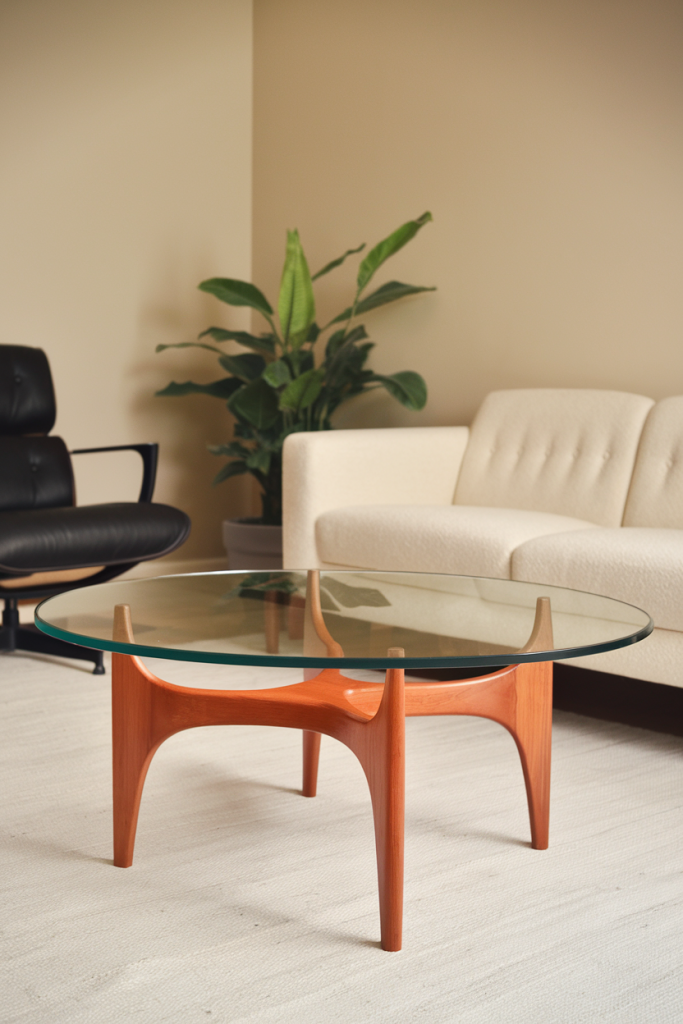
2.
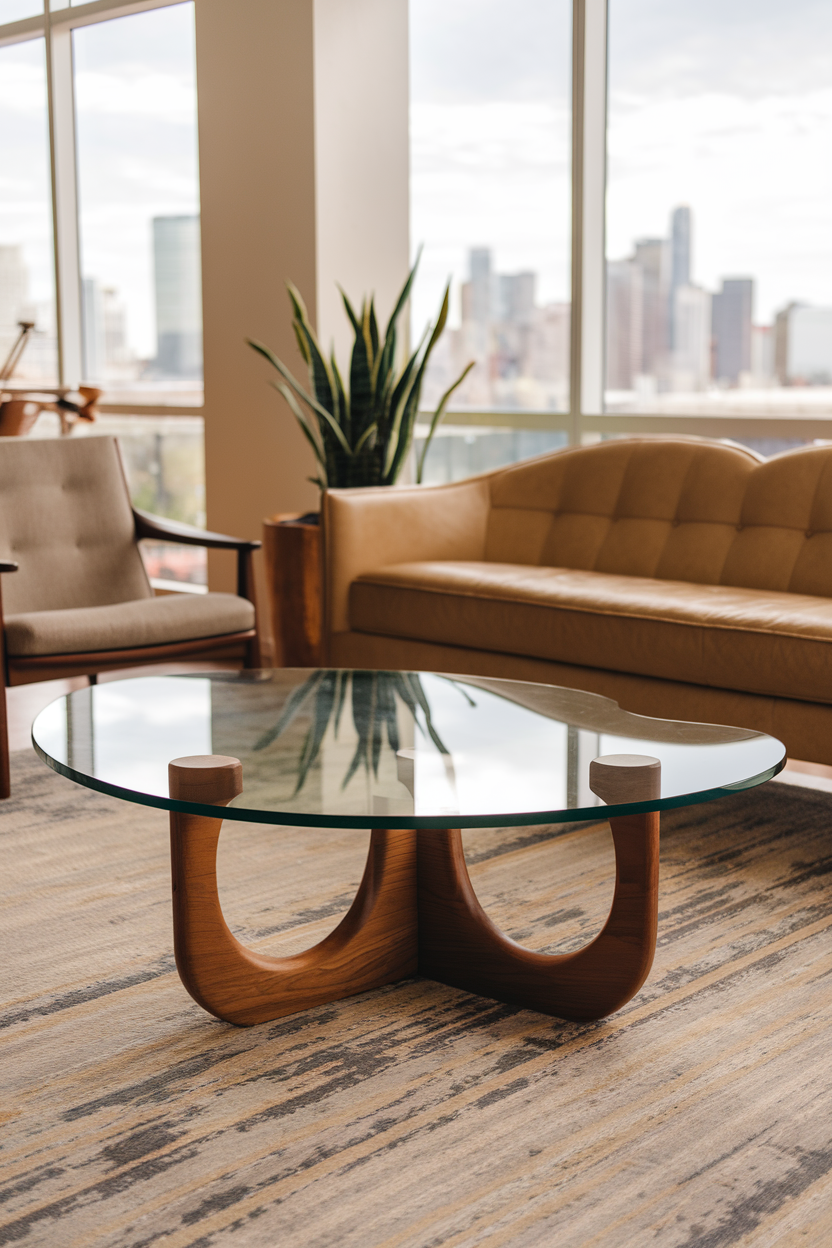
3.
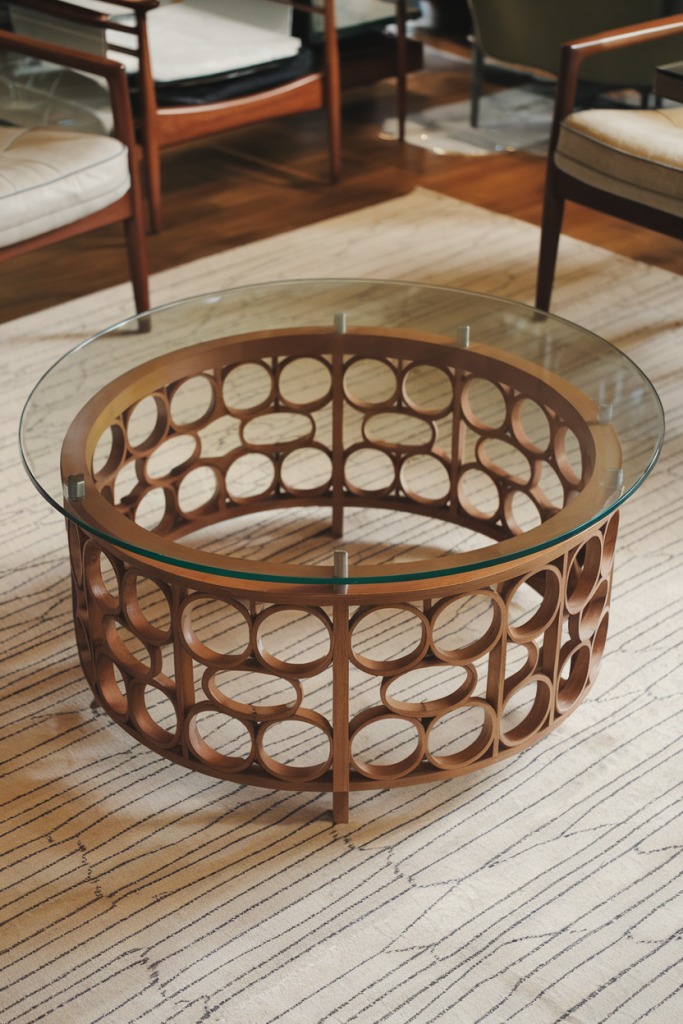
4.
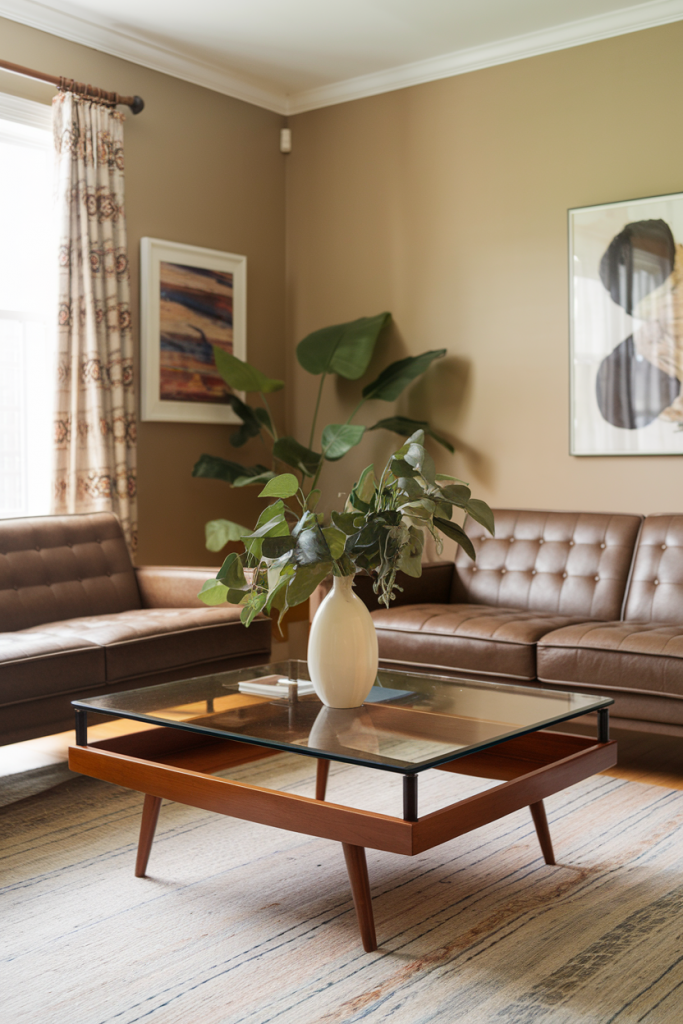
5.
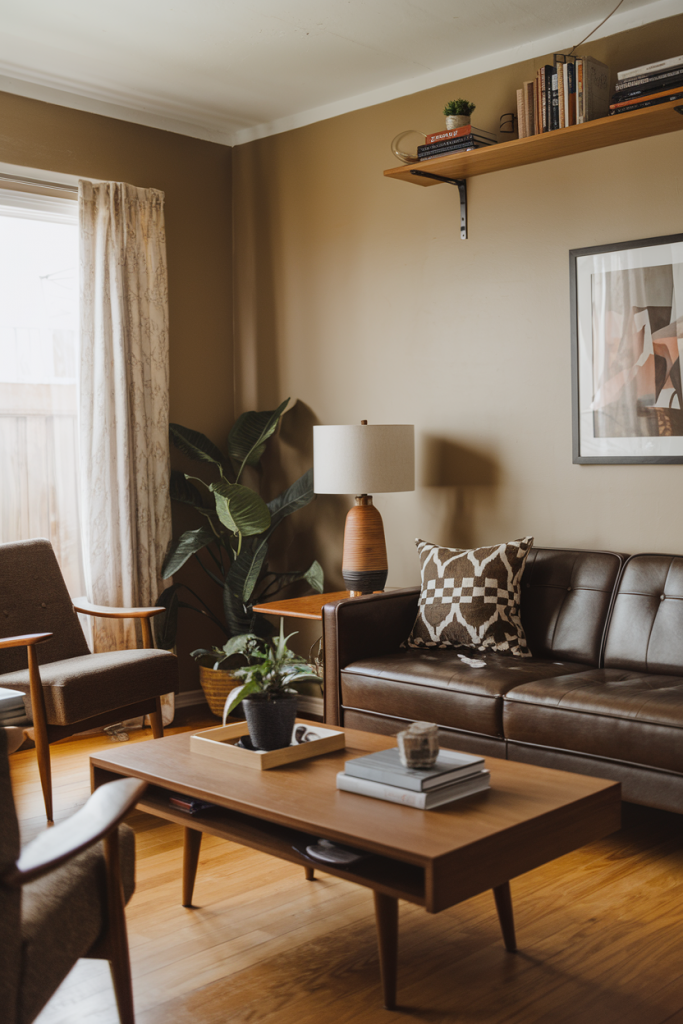
6.
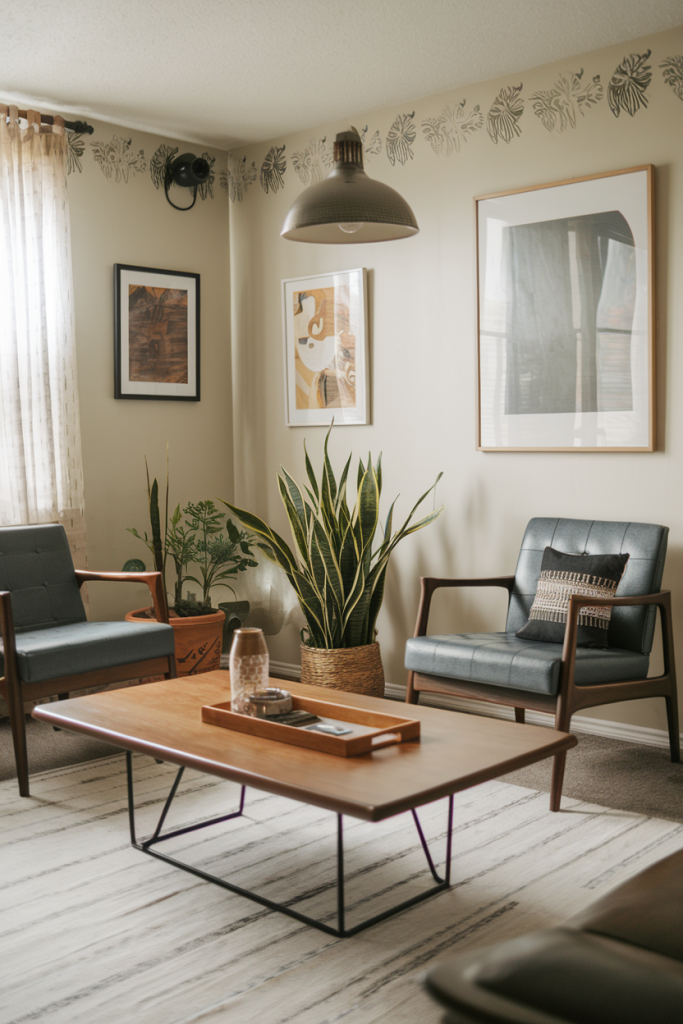
7.
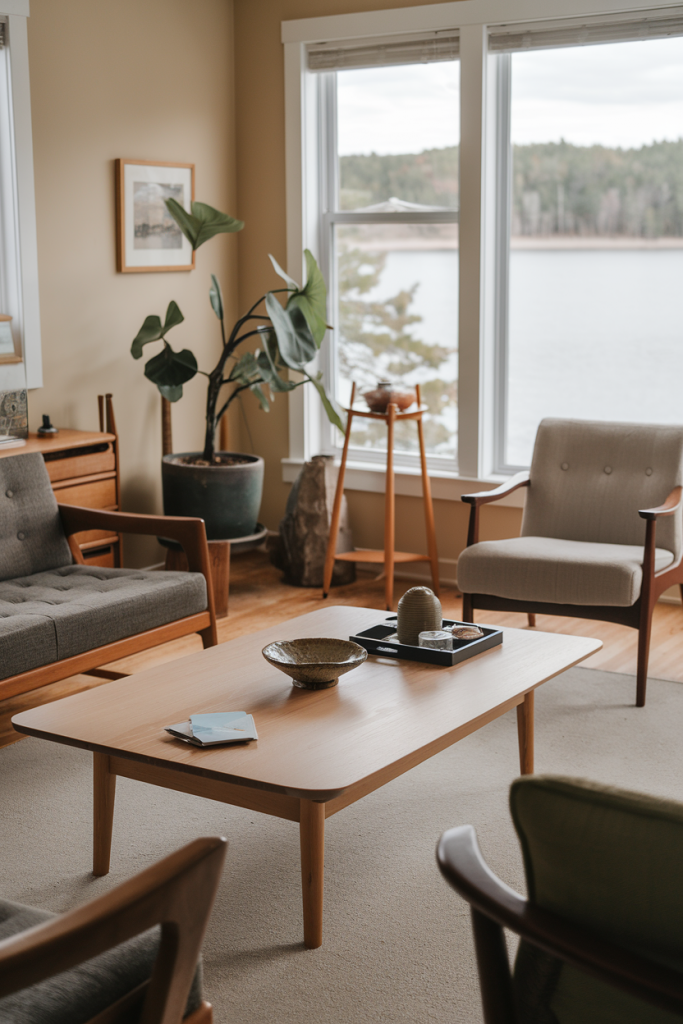
8.
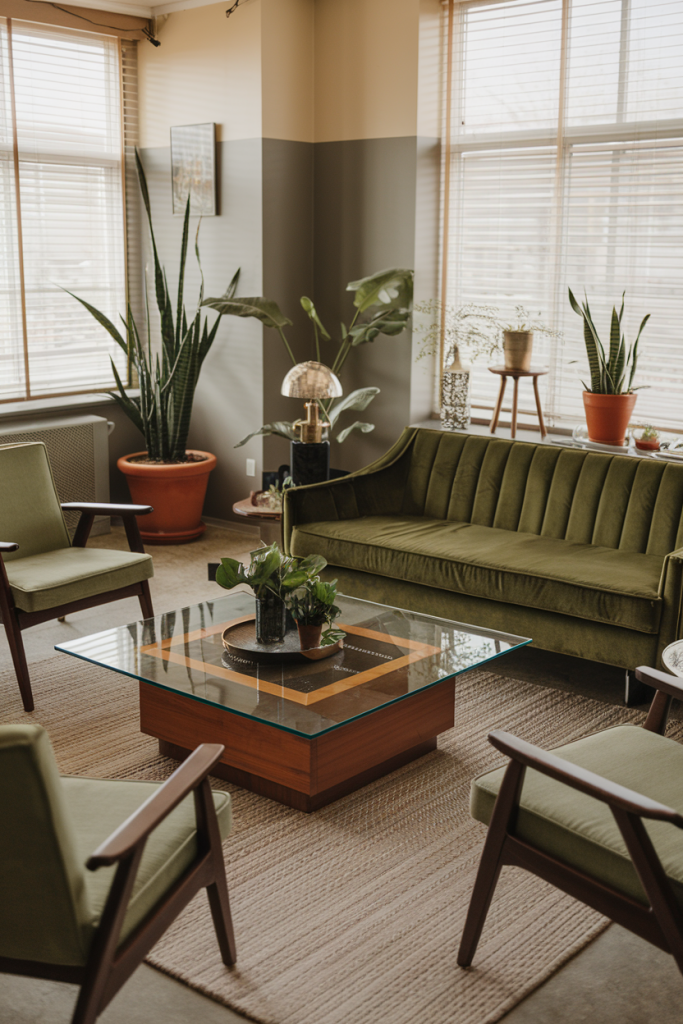
9.
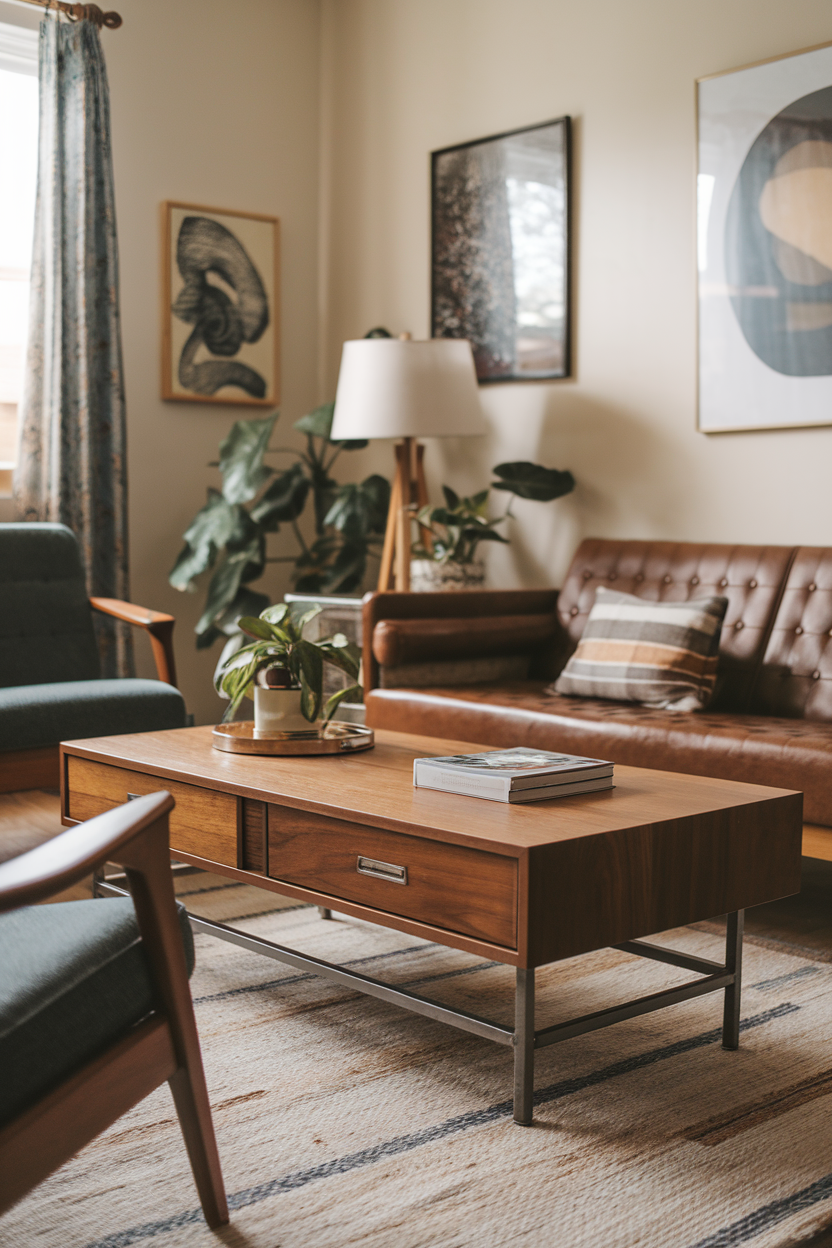
10.
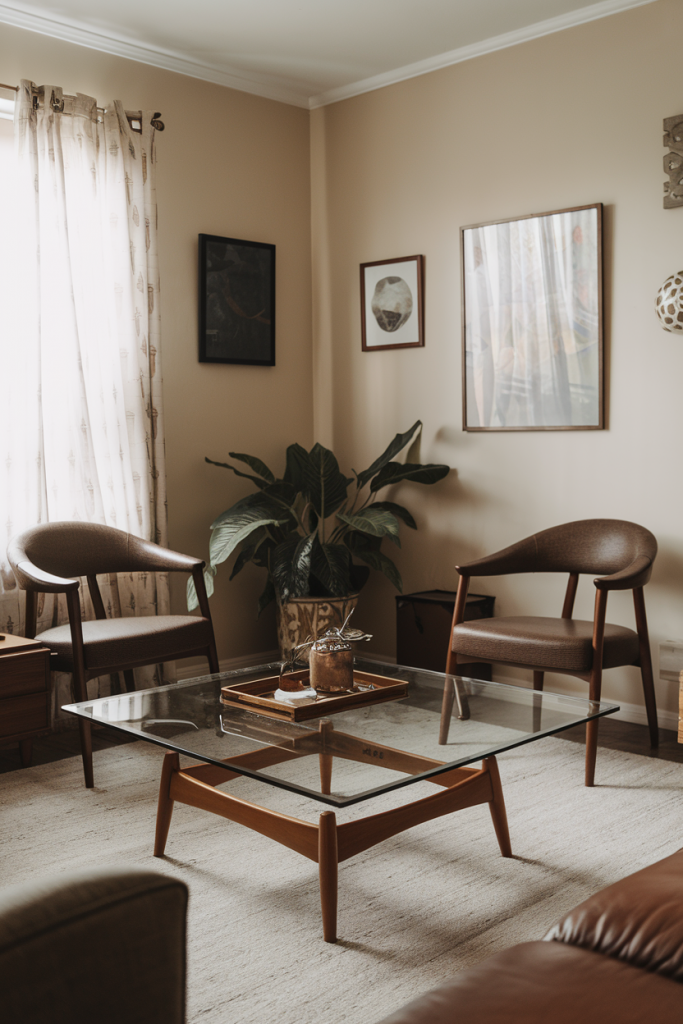
11.
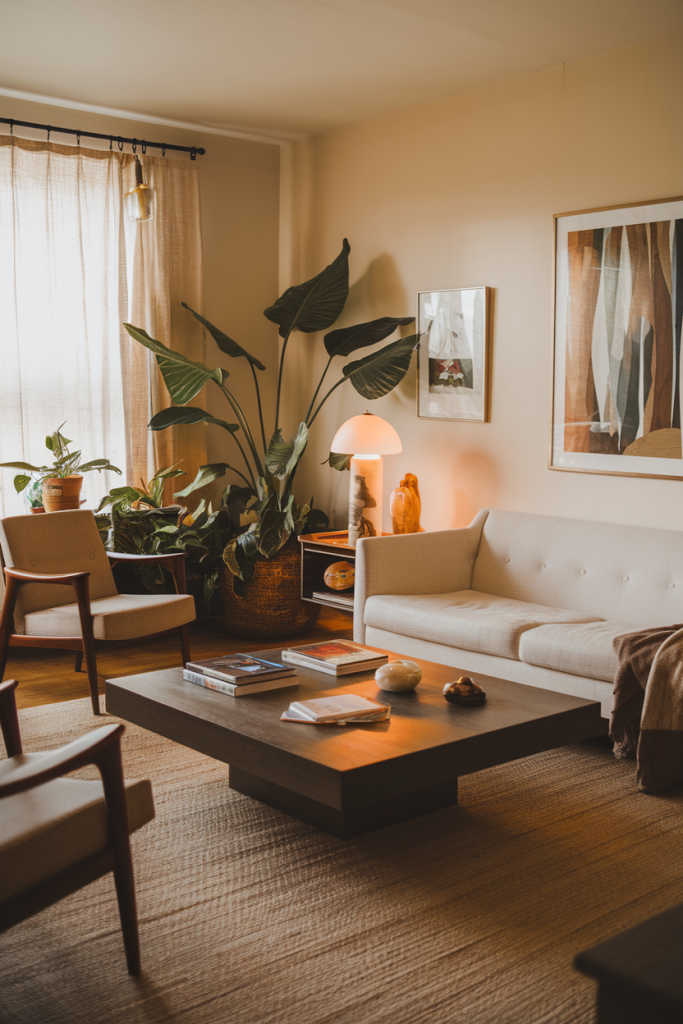
12.
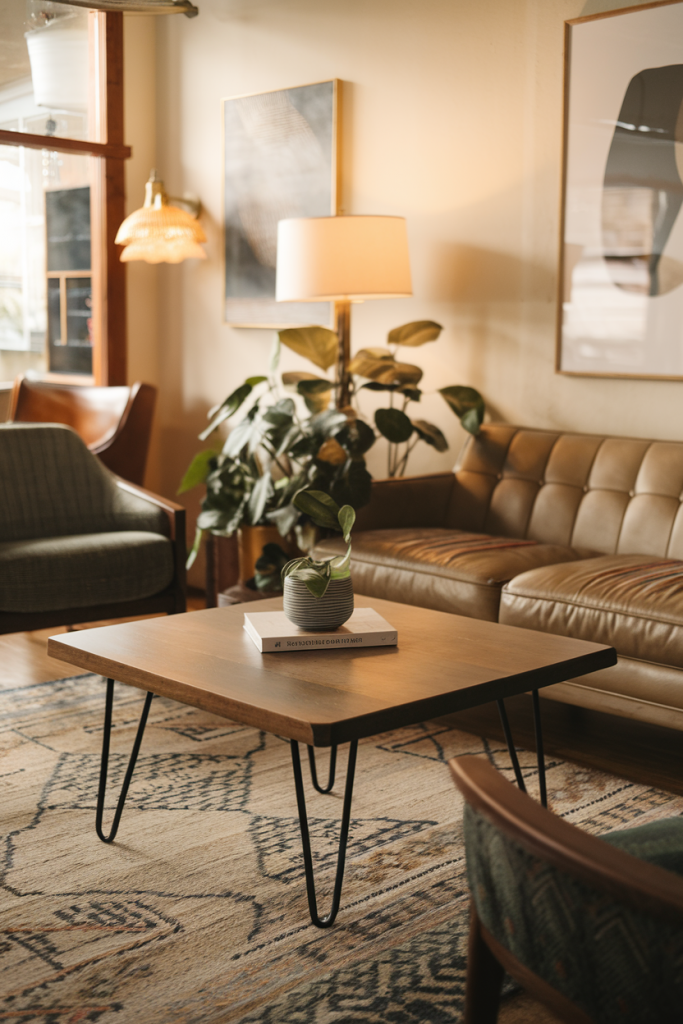
13.
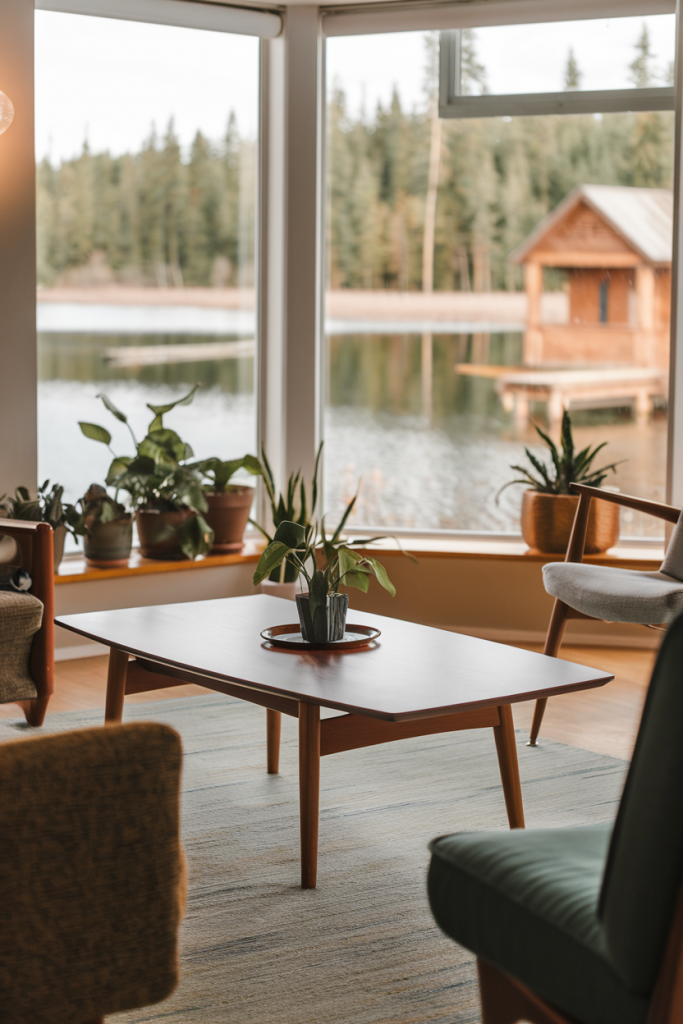
14.
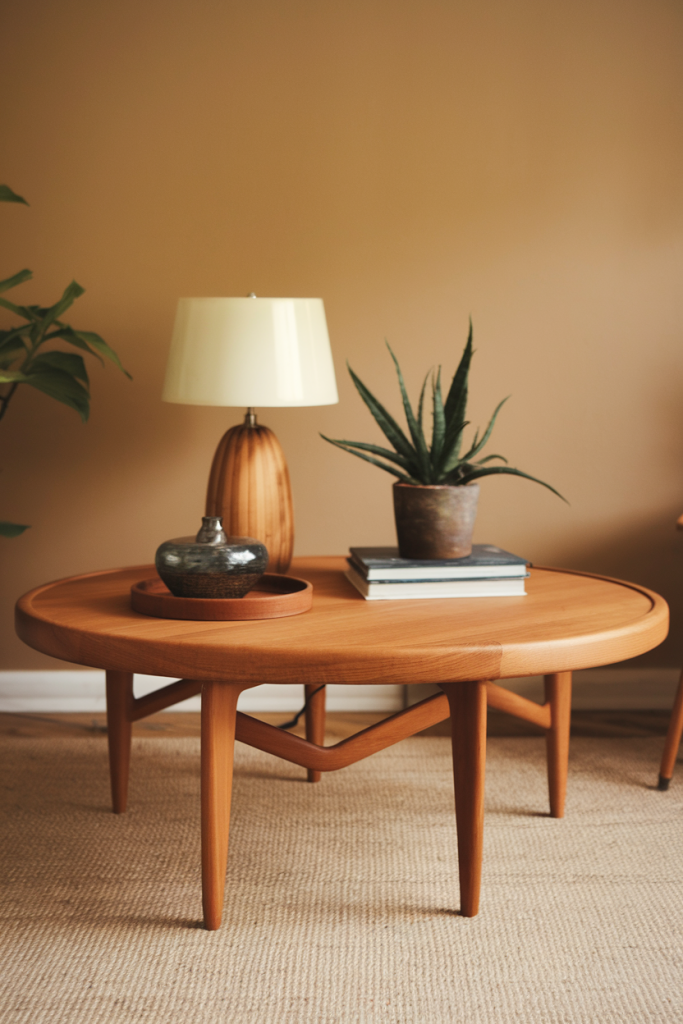
15.
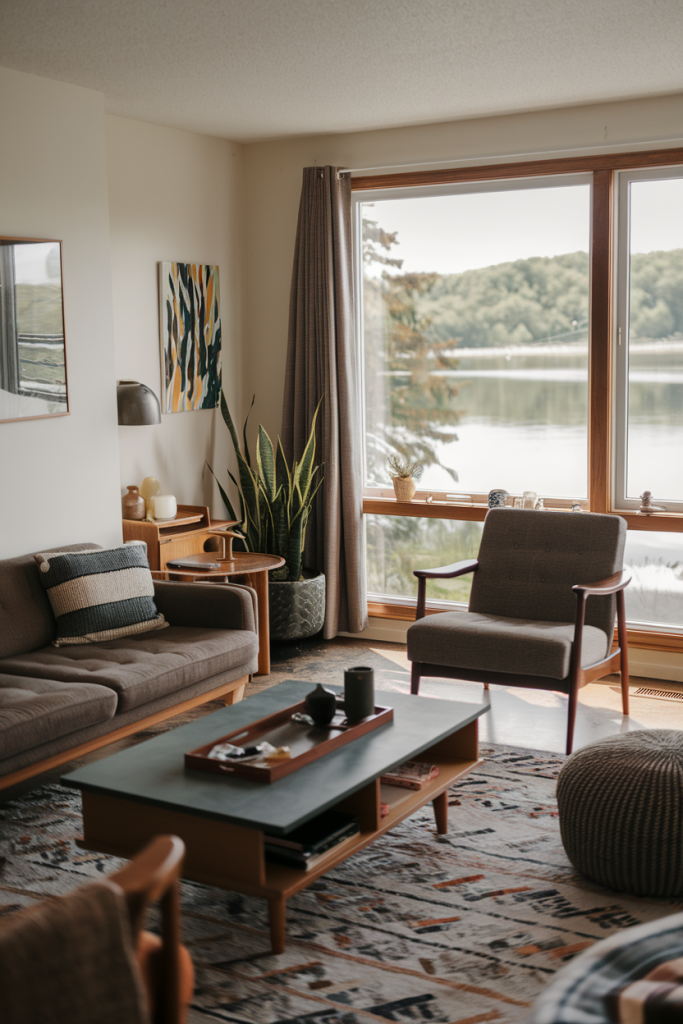
16.
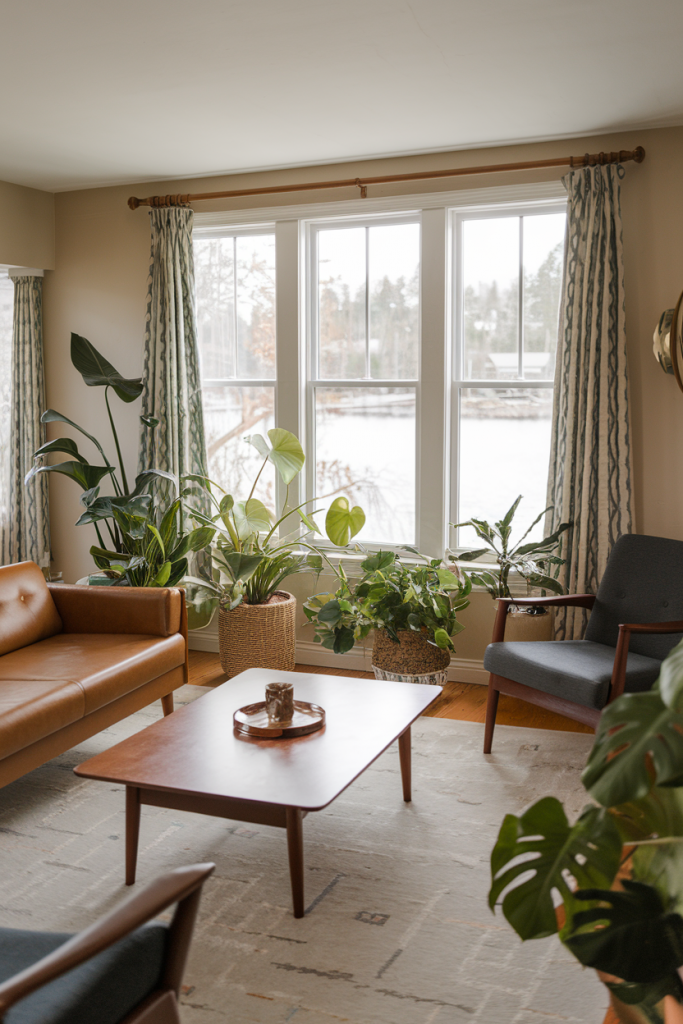
17.
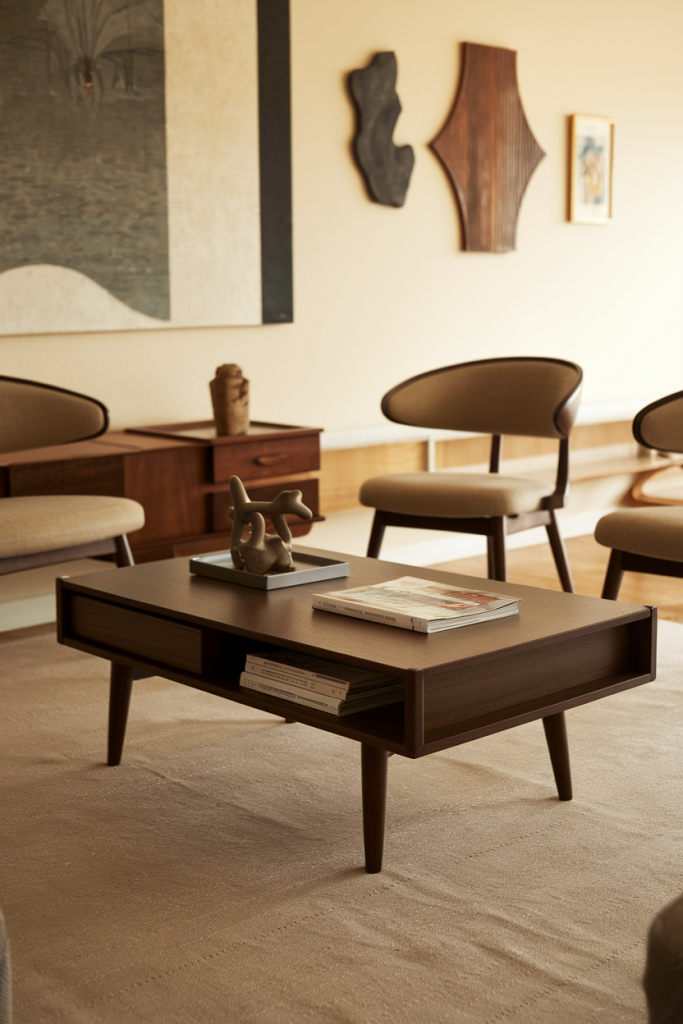
18.
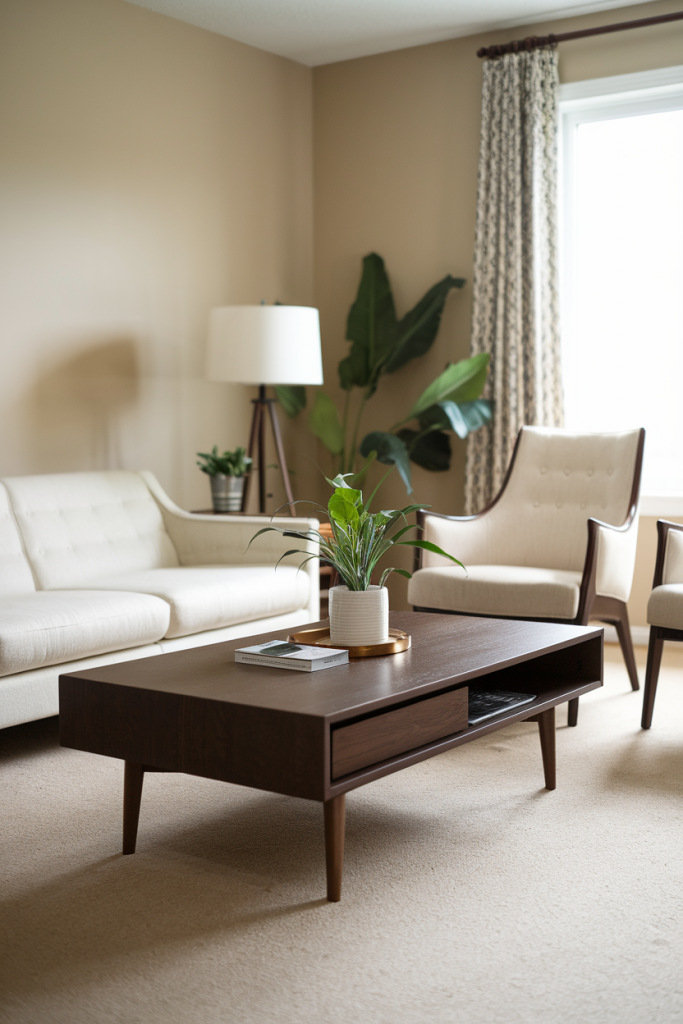
19.
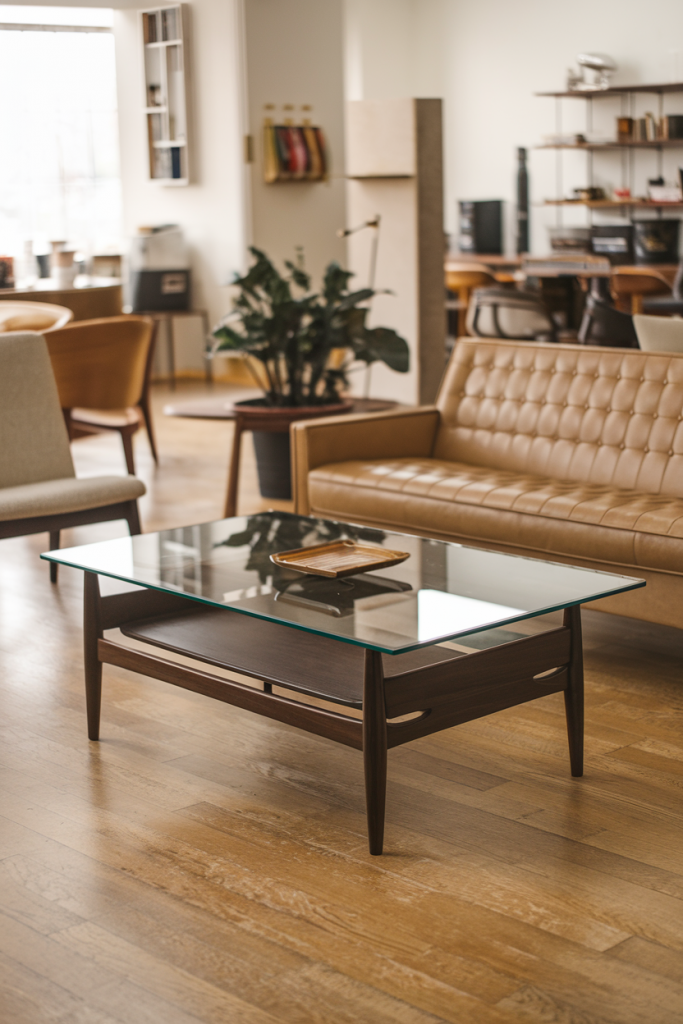
20.
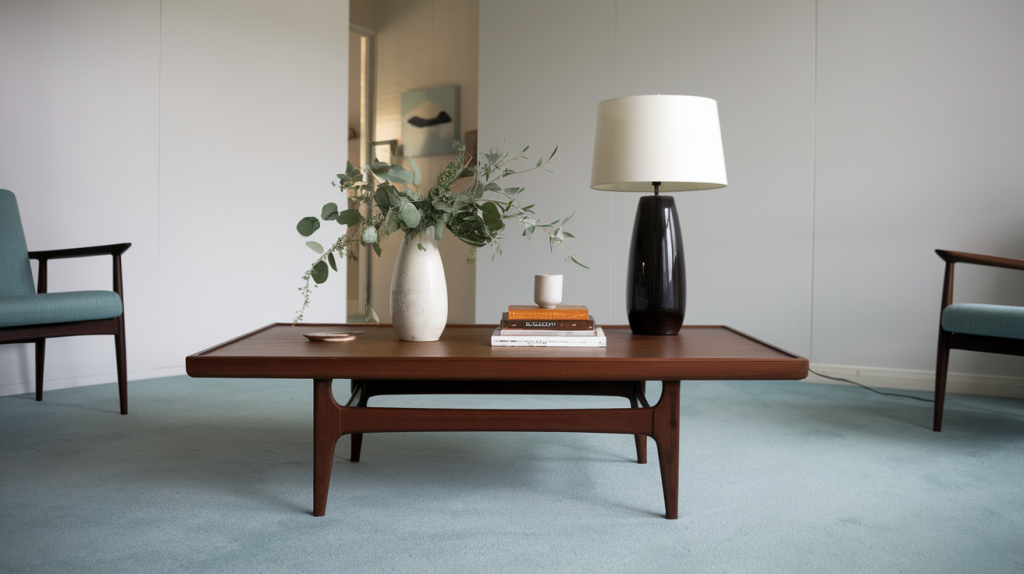
21.
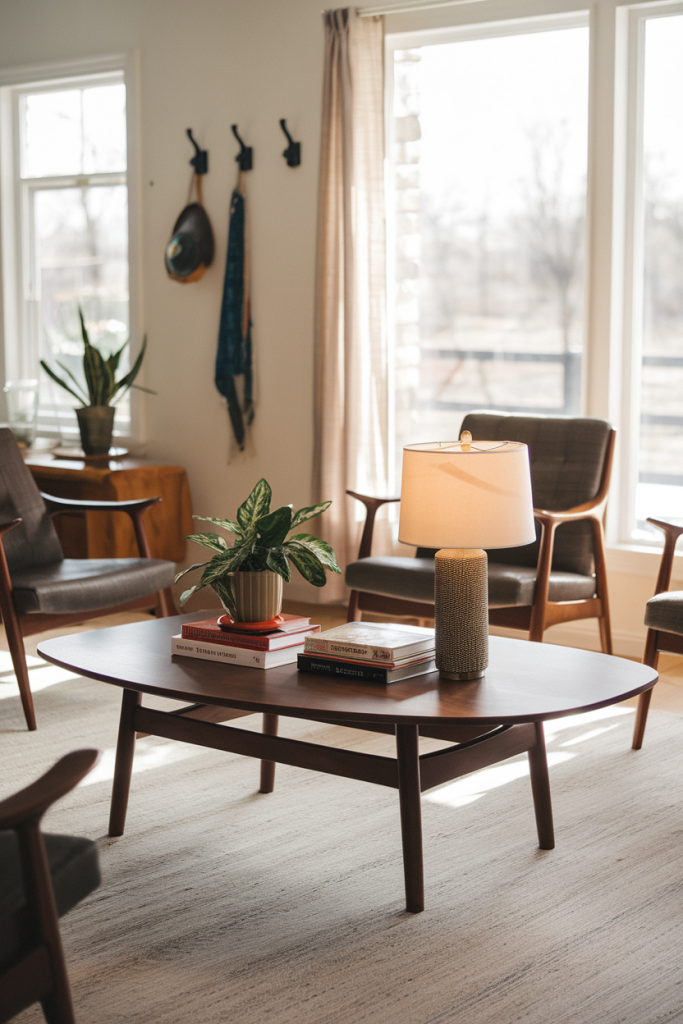
22.
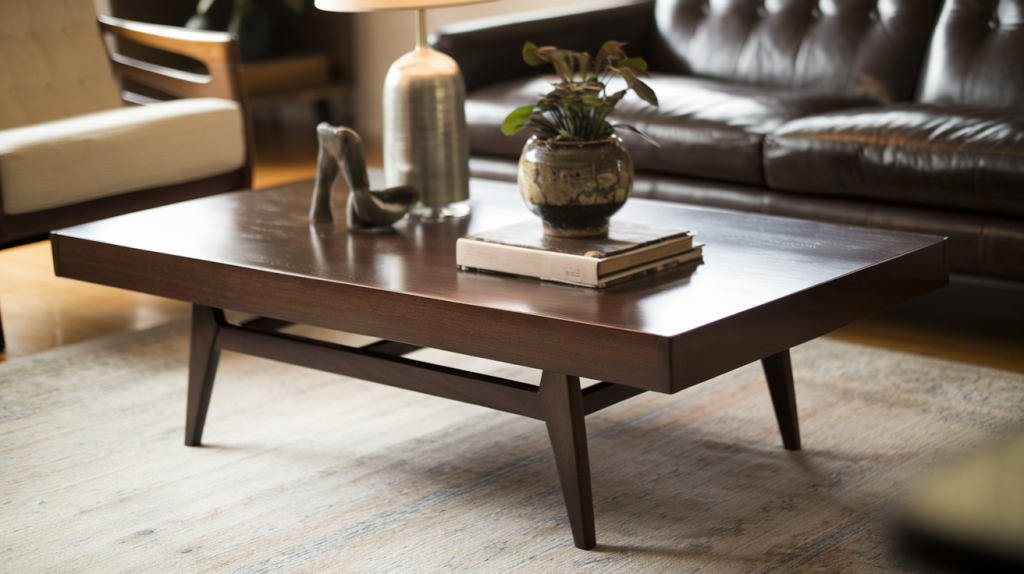
23.
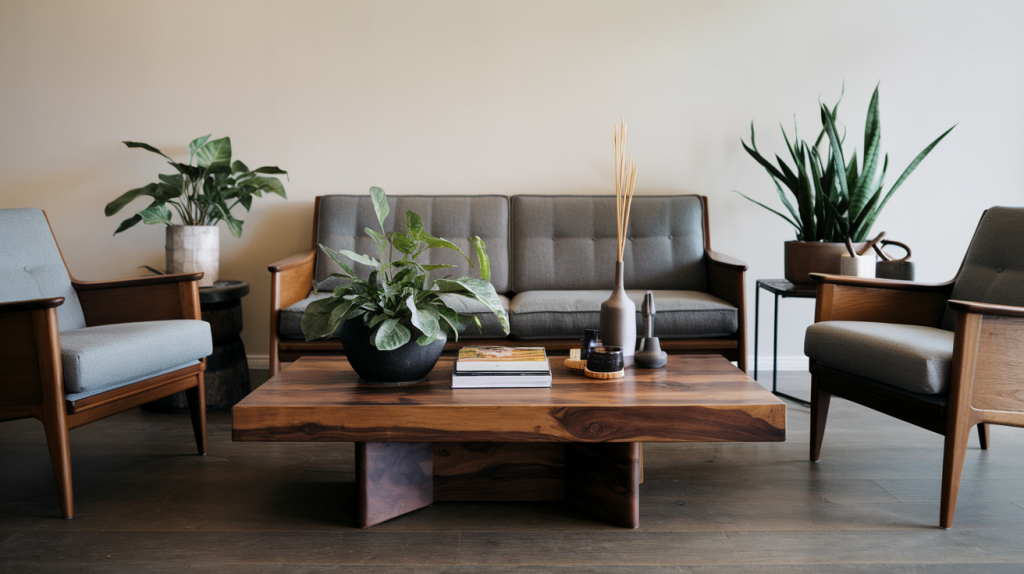
Styling Tips for Mid-Century Modern Coffee Tables
Incorporating a Mid-Century Modern coffee table into your space can instantly elevate your decor. Here are some tips to help you style your table:
- Keep it Simple: Mid-Century Modern design thrives on simplicity. Avoid cluttering your coffee table with too many objects. Instead, choose a few statement pieces like a sculptural vase, a stack of design books, or a unique tray.
- Mix and Match: While your coffee table may be Mid-Century, your entire room doesn’t have to be. These versatile pieces pair well with a variety of styles. Try mixing your Mid-Century table with contemporary sofas or traditional armchairs for an eclectic look.
- Play with Levels: Create visual interest by varying the heights of objects on your table. A tall vase, medium-sized books, and a low bowl can create an appealing composition.
- Incorporate Nature: Mid-Century Modern design often draws inspiration from nature. Add some greenery with a small potted plant or a bowl of succulents.
- Consider Color: Many Mid-Century Modern coffee tables feature warm wood tones. Complement these with cool-toned accessories, or echo the wood tones in other pieces throughout the room for a cohesive look.
- Highlight the Legs: The distinctive legs of Mid-Century Modern tables are often a key feature. Consider using a rug that contrasts with your flooring to make the legs stand out.
Conclusion
Mid-Century Modern coffee tables are more than just functional pieces of furniture; they’re works of art that can serve as the focal point of your living space. With their clean lines, organic shapes, and emphasis on functionality, these tables embody the best of Mid-Century Modern design principles. Whether you’re furnishing a period-accurate Mid-Century home or looking to add a touch of retro charm to a contemporary space, a Mid-Century Modern coffee table is a timeless choice that will continue to inspire and delight for years to come.
We’d love to hear about your experiences with Mid-Century Modern design. Do you have a favorite coffee table, or tips for styling these iconic pieces? Share your thoughts in the comments below!
For more design inspiration and tips, don’t forget to subscribe to our blog and follow us on social media. Stay tuned for more articles exploring the fascinating world of interior design and home decor!
